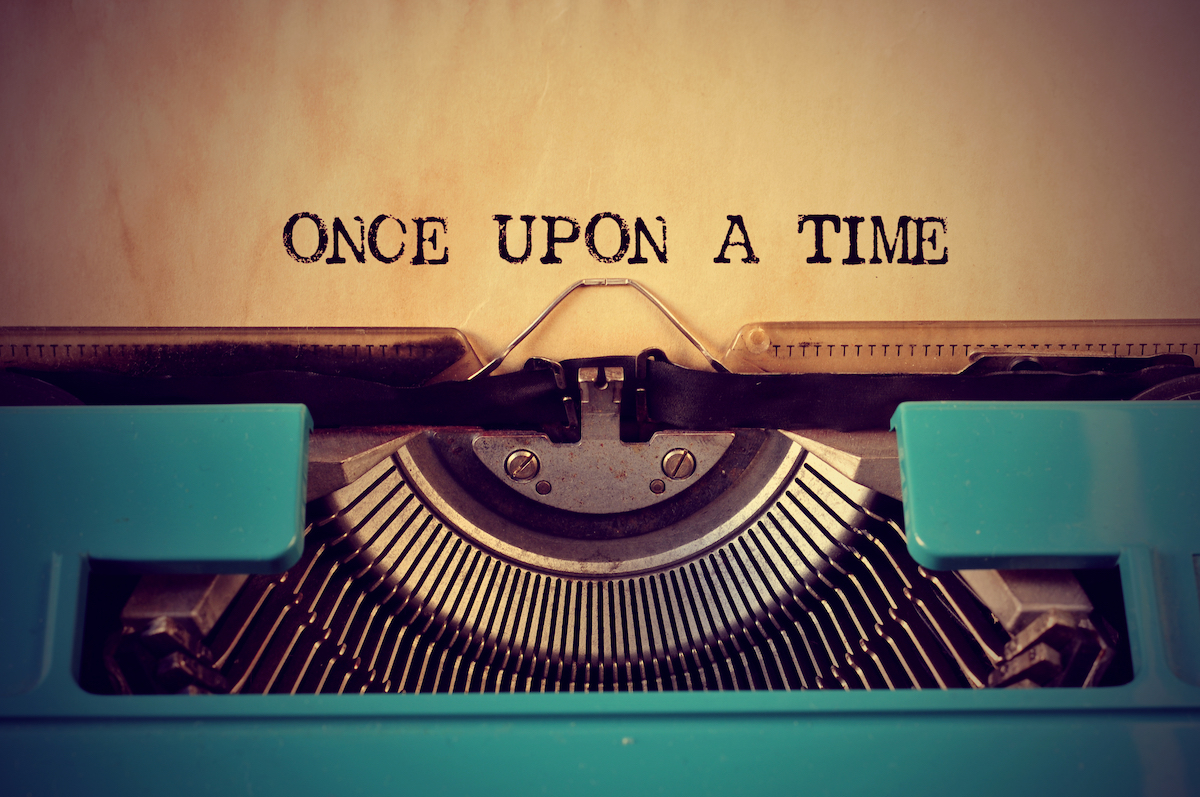Before You Start…
I don’t believe anyone just knows how to write a modern novel. There are theoretical questions before you even put pen to paper that a wannabe author needs to consider. Otherwise, you may end up with a hodgepodge of outpourings that no-one is tempted to spend the time reading. Perhaps, as they practise the skill, writers begin to be able to repeat the novel writing activity more and more easily. The following are some of the questions that you will need to answer to begin with.
What Genre is it?
One of the first things you need to know before you start to write a longer work is what genre you’re writing in. Otherwise, it’s likely you’ll never finish it, never feel satisfied with it, nor ever get it published. I’d begun my writing journey by pouring my heart out, about my life, about everything. This was a therapeutic exercise, if nothing else. Then I discovered that I didn’t really know what genre, if any, I was writing in.
Memoir or Autobiography?
Was it fiction, memoir or autobiography—or aspects of each? I’d come to realise that autobiography was usually written by famous people about their whole lives. Mine was closer to memoir, as it dealt with real events and real characters from my family, but with a restricted focus.
How to Write a Memoir
Through research I discovered that a memoir is a more modern genre than an autobiography. Furthermore…
(1 ) A memoir is only part of a life and has a certain focus. (2) It is written utilising creative writing devices, such as characterisation, scenes and events, dialogue, emotive language, and metaphor etc. (3) It has a structure and a dynamism that invite the reader to continue reading it. (4) A memoir is on average 50-60,000 words, that is, shorter than an average novel, (70,000 words) but usually longer than a novella (20-30,000 words). Autobiographies are often much longer, since they involve a lot of ‘telling’, that is, detailing of events in a logical sequence, and may contain photos as well.
Problems with Memoir Writing
There’s an innate problem with writing about your life, and that is that your relatives might not want to be shown up, warts and all, in a publication. Clive James got around that issue by using humour to recreate his childhood narrative, which is part of an autobiography, Unreliable Memoirshttps://www.goodreads.com/book/show/398913.Unreliable_Memoirs
Benefits of Writing Fiction
When I turned to fiction, I found I could draw on family events and characters, while transforming them into something ‘other’, yet still ‘true’. To distance myself slightly from the events, I employed a subtly ironic tone, and a narrator who is inside, yet outside, at the same time.
After writing up the first draft of my story, and gaining insight from members of a small writing group made up of writers working on novels, I found myself on my own. No one was able to tell me, even experienced authors and editors, how to shape my work into this most enigmatic of objects—a novel.
Constraints of Writers’ Groups
Writers in groups tend to share short segments of their novels with colleagues. The best feedback one can offer in such a situation is grammatical corrections, or, perhaps, comments on the style of the writing. Positive or negative feedback rarely touches on ‘the big picture’ (of structure, voice, timing, and overall viewpoint), which is the most important and difficult domain of the novelist.
Short Story Writing
Creating a novel proved different from writing a short story, which I’d practised and blogged about here. Being a lot longer, at least eighty thousand words, a novel is more difficult to structure than a shorter genre. After researching novel writing, online and in books, I went back to the drawing board and tried different methods for transforming content (chapters, scenes, segments) into something readable by others.
Looking at the Whole
How do you hold an overview of the whole novel in your mind? This is essential, before you can tie ends together, deleting boring parts, or adding in the motifs, imagery and metaphors that act as signposts for the reader to enjoy the flow of the narrative. This is part of the question of narrative drive. Each chapter and part of the novel must lead logically or thematically on to the next part, for the reader to remain interested—driven!—to read until the end. As a writer, you will have to find your own method for holding the work ‘in the hand of your mind’, so to speak.
The method that I chose was, towards the second half of the process, to lay the chapters out on the kitchen table, from chapter one through to chapter forty, considering themes, arcs and overall ‘meaning’, after having discussed the latter with an narrative expert during a question-and-answer session.






Leave A Comment